
Alpine Visitors
Hikers on the Ute Trail on the tundra in Rocky Mountain National Park.
Access to "the land above the trees" is the most distinct aspect of Rocky Mountain National Park. Trail Ridge Road, the highest road in any national park, transports you to this realm of open sky where you'll find tiny but brilliant flowers and a harsh climate. Approximately one-third of this national park is above the limit where trees may grow in northern Colorado.
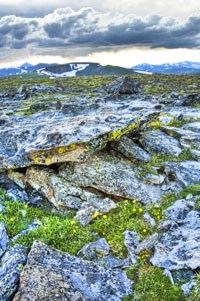
NPS Cushion plants look like ground-hugging clumps of moss. They escape the strong winds blowing just a few inches above them. Cushion plants may also have long taproots that extend deep into the rocky soil.
Many flowering plants of the tundra have dense hairs on stems and leaves to provide wind protection or red-colored pigments capable of converting the sun's light rays into heat. Some plants take two or more years to form flower buds, which survive the winter below the surface and then open and produce fruit with seeds in the few weeks of summer. Grasses and sedges are common where tundra soil is well-developed.
Non-flowering lichens cling to rocks and soil. Their enclosed algal cells can photosynthesize at any temperature above 32 degrees Fahrenheit, and the outer fungal layers can absorb more than their own weight in water. Adaptations for survival amidst drying winds and cold temperatures may make tundra vegetation seem very hardy, but in some respects it remains very fragile.
Tread Lightly
Repeated footsteps often destroy tundra plants, allowing exposed soil to blow away. Recovery may take hundreds of years, so please use designated trails when exploring this unique area.
Follow the links below to learn about life in the tundra.
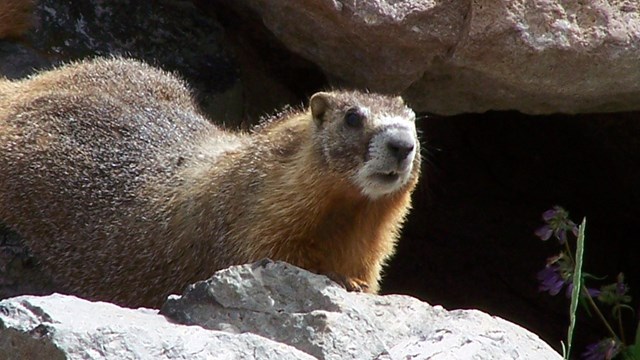
Yellow-bellied marmots
Marmots are commonly seen soaking up the sun. 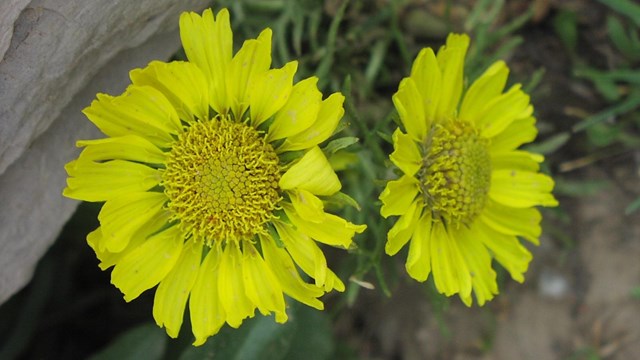
Alpine Sunflowers
Alpine Sunflowers tower above other tundra flowers. 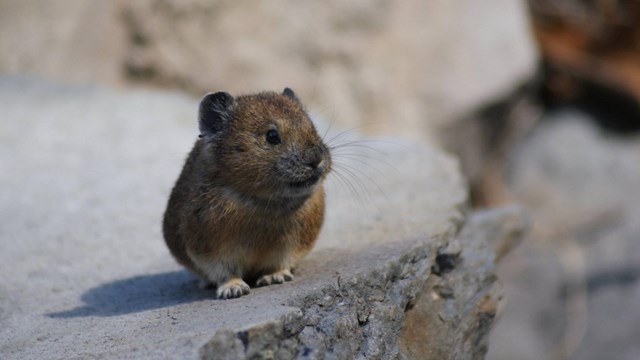
Pikas
Pikas scurry around rocks and talus slopes in search of food. 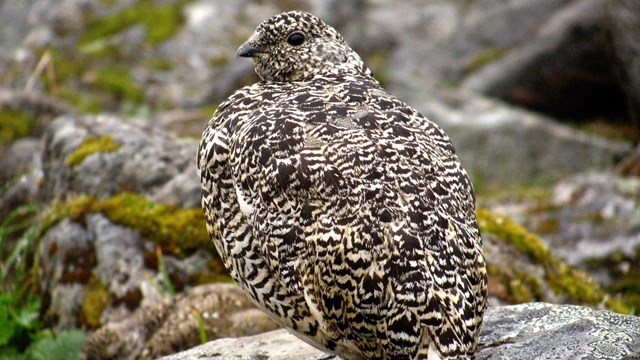
White-tailed Ptarmigan
White-tailed Ptarmigan's mottled feathers act as camouflage against the rocks. 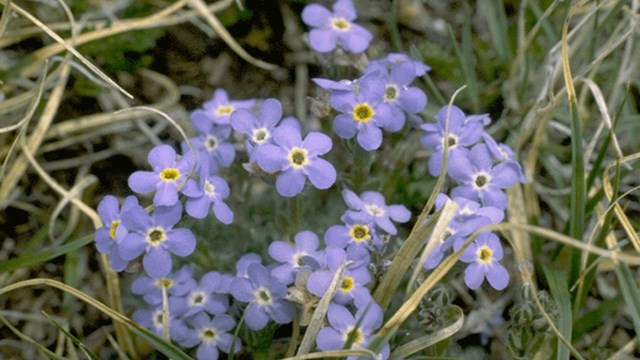
Alpine Forget-me-nots
Alpine Forget-me-nots definitely leave an impression. 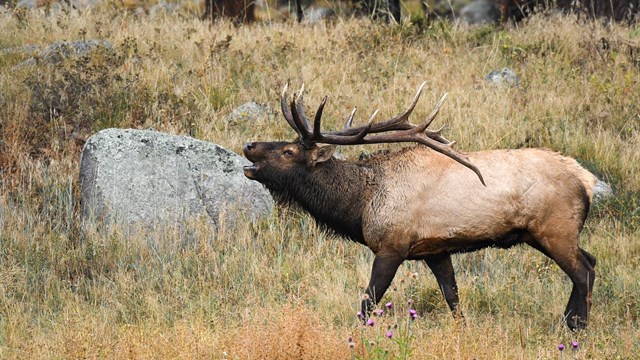
Elk
Elk bugling in meadow during fall rut
| ||||||||||||||||||||||||||||||||||||||||||||||||||||||||||||||||||||||||||||||||||||||||||||
Last updated: July 5, 2022
